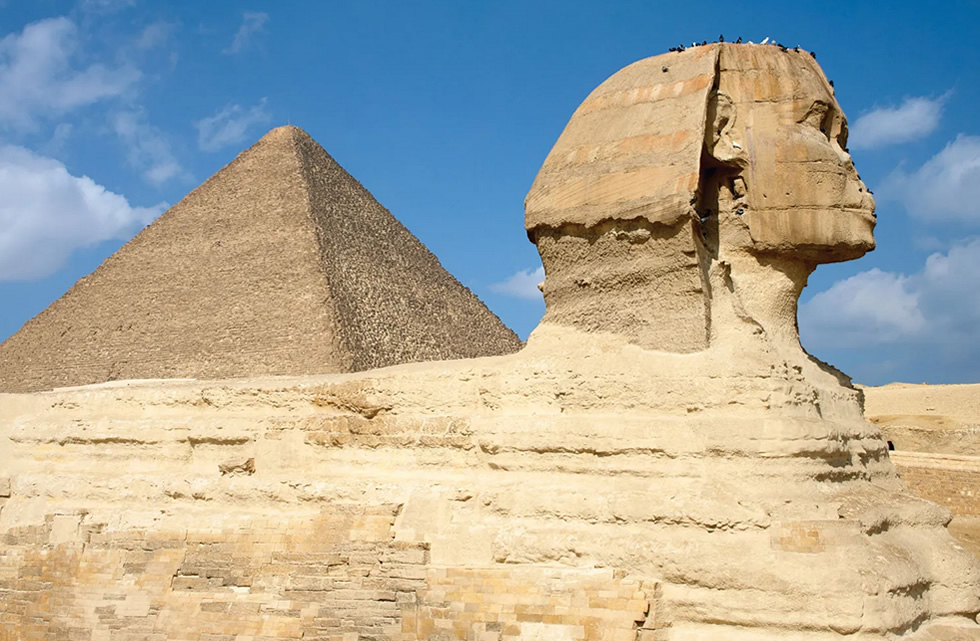Despite recent troubles Kenya remains, to us, one of the most iconic, classic and perfectly honed safari destinations. Here a long history of wildlife & cultural tourism has left a legacy of excellence. There are few destinations where service, hospitality, quality of guides, accommodation and expertise are so seamless and combined with some incredible wilderness regions this makes Kenya truly one of the very best safari destinations. Perfect for safari first-timers and Africa old-hands alike.
Major Wildlife Areas/Areas of Interest
Maasai Mara National Reserve, Amboseli National Park, Lake Victoria, Samburu & Buffalo Springs National Reserves, Meru National Park, Mount Kenya, Tana Delta Reserve, Mombassa & Southern Coast, Tsavo East & Wet National Parks.
Wonderful for
Photographic Safaris, African Weddings & Honeymoons, Mt Kenya Climb, Riding Safaris, Diving Africa, Pure Luxury Safaris, Water sports, Barefoot Luxury Safaris, Pure Wildlife Safaris.
TripAfrica Suggests
Combine the majestic Maasai Mara with the serene but austere Samburu for two vastly different cultural & wildlife experiences and end with some ‘flop’ time on the coast for a classic ‘Bush & Beach’ escape.
Stepping in into ‘Out Of Africa’…
Area
580,367km²
Population
41,070,930
Official Languages
Swahili, English
GEOGRAPHY
Location:
Kenya lies astride the equator in Eastern Africa. It has boarder with Uganda, Somalia, Tanzania and the Indian Ocean.
Size:
Kenya has a total area of 582,650 sq kilometers (13,400 sq kilometers covered by water mainly Lake Turkana and Lake Victoria.
Land Boundaries:
The country is bounded by Uganda (933 kilometers), Sudan (232 kilometers),
Ethiopia (861 kilometers), Somalia (682 kilometers), and Tanzania (769 kilometers) and Kenya’s land boundaries total 3,477 kilometers
Length of Coastline:
It stretches 536 kilometers along the Indian Ocean
Topography:
Kenya’s land area constitutes of an inland region of semi-arid, bush-covered plains. In the Northwest, high-lying scrublands straddle Lake Turkana and the Kulal Mountains. There lie fertile grasslands and forests of the Kenya Highlands in the southwest, known for its agricultural productivity in Africa. Kenya has a great Rift Valley which is located in the country’s highest mountains of mountain Kenya a snow-capped that make up to 5,199 meters high and here being the second highest in Africa. In the south, mountain plains descend westward to the shores of Lake Victoria.
Principal Rivers:
River Tana (710-kilometer-long) River Athi, Ewaso Ngiro, flowing northeast to the swamps of the Lorian Plain, and the Nzoia Yala, and Gori, which drain into Lake Victoria.
Time Zone:
Kenya lies in one time zone, which is three hours ahead of Greenwich Mean Time Standard Time (GMT + 3). Kenya does not operate daylight saving time.
Population:
Estimated at 36,913,721 by 2007 from 28.7 million (1999 national census)
Ethnic Groups and Languages: People of African descent make up about 97%t of the population and divided into about 40 ethnic groups belonging to three linguistic families: Bantu, Cushitic, and Nilotic. Bantu-speaking Kenyans compose to western (Luhya), highlands (including the Kikuyu and the Kamba), and coastal (Mijikenda) Bantu. The Nilotic speakers are the river-lake (Luo), highlands (Kalenjin), and plains or eastern (Masai). The Cushitic-speaking groups are the Oromo and Somali. The Kikuyu make up 22% of the population compose to Kenya’s largest ethnic group followed by the Luhya (14 %), Luo (13%), Kalenjin (12%), and Kamba (11%). Additional groups include the Kisii (6%), Meru (6%), and other African (15%). Small numbers of people of Indian, Pakistani, and European descent live in the interior, and there are some Arabs along the coast. The official languages of Kenya are Swahili and English; many indigenous languages from the three language families also are spoken.
Religion: Christians compose to about three-quarters of Kenyans. About 40 to 45 % of Kenyans are Protestant, while 30 % are Roman Catholic. 10% adhere to indigenous beliefs and 7-25%. 1% are Hindus and Sikhs. The population includes very few professed atheists.
Literacy:
Estimates of the Kenyan literacy rate range between 75 and 85 percent, with the female rate about 10 points lower than the male
The public universities The University of Nairobi, Kenyatta University, the Jomo Kenyatta University of Agriculture and Technology, Egerton University, and Moi University.
ECONOMY
Gross Domestic Product (GDP):
In 2006 Kenya’s GDP was about US$17.39 billion.
Per capita GDP averages
US$450 annually
Purchasing power parity (PPP)
US$1,200 (per capita GDP in 2006)
Real GDP growth
2.3 percent in early 2004 and to nearly 6 percent in 2005 and 2006
GDP composition by sector
Agriculture, 25.7 percent; manufacturing, 14.0 percent; trade, restaurants, and hotels, 13.8 % transport and communications, 6.9 percent; government services, 15.6 percent; and other, 24.0 percent by 2004
Inflation: Inflation rate for consumer prices was estimated at 14.5%. This rate was a significant rise from the previous year’s 10.3%, reflecting higher food prices, which carry a 50% weighting in the consumer price index.
Agriculture The largest contributor to Kenya’s gross domestic product (GDP). The principal cash crops are tea, horticultural produce, and coffee. These are supplemented by tea, sisal, pyrethrum, corn, and wheat. Coconuts, pineapples, cashew nuts, cotton, sugarcane, sisal, and corn are grown in the lower-lying areas. Livestock is common in the semi-arid savanna to the north and east.
Mining and Minerals: Soda ash (Lake Magadi), limestone, gold, salt, and fluorspar.
Industry and Manufacturing: Manufacturing accounts for only 14 % of gross domestic product (GDP).
Energy:
The largest share of Kenya’s electricity supply depend son hydro-electric stations from dams along the upper Tana River and Turkwel Gorge Dam in the west. This is supplemented by a petroleum- fired plant on the coast, geothermal facilities at Olkaria (near Nairobi), and electricity imported from Uganda.
Services: It contributes about 63 % of GDP. The service industry is dominated by tourism manifested through coastal beaches and the game parks, notably, the expansive Tsavo National Park (20,808 square kilometers) in the southeast. In 2006 tourism generated US $803 million.

